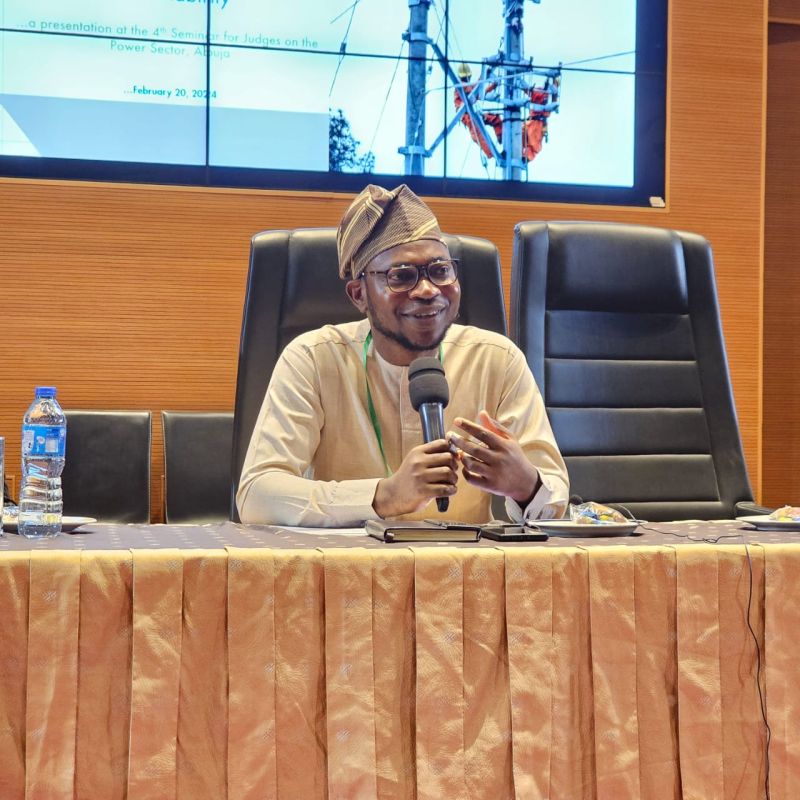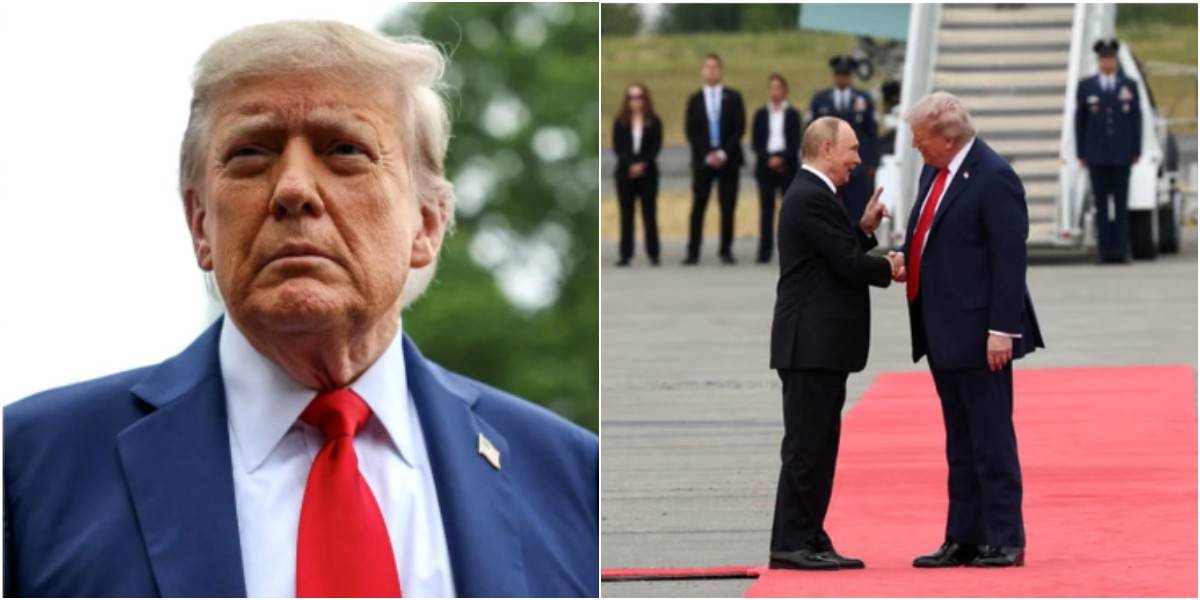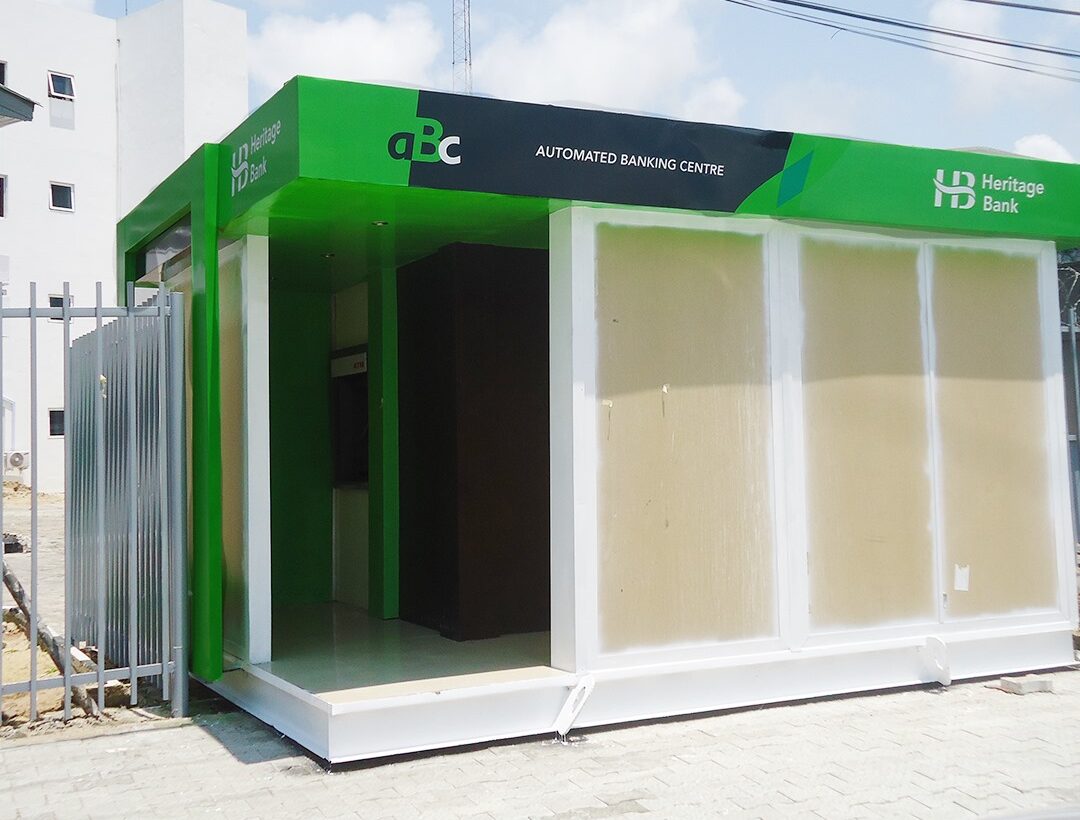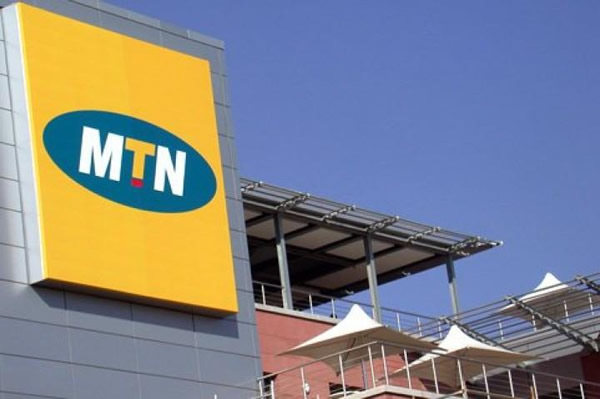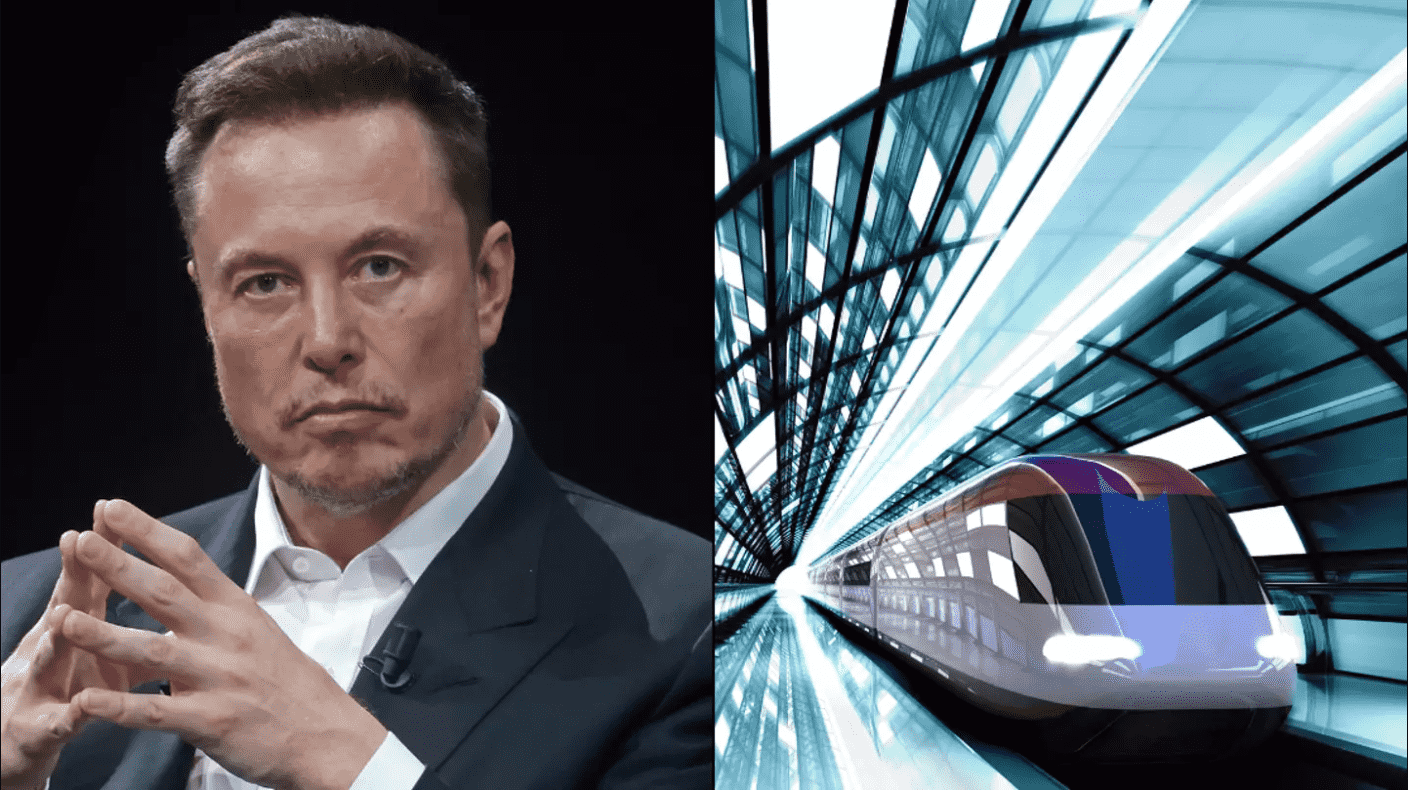
Elon Musk has revived global interest in the concept of a transatlantic tunnel, suggesting that his company, The Boring Company, could undertake the ambitious project of constructing an undersea connection between New York City and London for $20 billion.
Once dismissed due to exorbitant costs and significant technical challenges, the idea has regained attention as Musk integrates advancements in tunneling technology with his groundbreaking Hyperloop transportation system.
The proposed tunnel, spanning more than 3,000 miles (4,800 kilometers) beneath the Atlantic Ocean, aims to enable high-speed travel between the United States and the United Kingdom in less than an hour— a dramatic improvement compared to the eight-hour duration of a typical flight.
Elon Musk has proposed an ambitious $20 billion Hyperloop tunnel that could connect New York to London in just 20 minutes. This groundbreaking undersea transportation concept would revolutionize transatlantic travel, drastically reducing the journey time between the two cities.
At the heart of Musk’s proposal is Hyperloop technology, an advanced transportation system that utilizes vacuum-sealed tunnels and magnetic levitation (maglev) to propel pods at speeds over 3,000 mph. This innovation promises to significantly cut travel times and transform intercontinental connectivity.
Although Musk’s vision has sparked enthusiasm, experts approach the project’s feasibility with caution. Constructing a 3,000-mile tunnel beneath the Atlantic Ocean poses considerable engineering, financial, and environmental challenges, with key concerns including:
- Technical Challenges: Addressing oceanic pressure, seismic risks, and extreme underwater conditions.
- Cost Concerns: Musk’s $20 billion estimate is considered highly optimistic, with experts anticipating significant funding hurdles.
- Technological Maturity: Hyperloop technology remains largely experimental and untested on such a vast scale.
- Environmental Impact: Potential disruptions to marine ecosystems and carbon emissions during construction require careful assessment.
- Regulatory Complexity: Managing a project of this magnitude across multiple governments and international agencies presents significant challenges.




